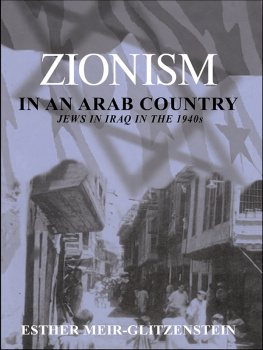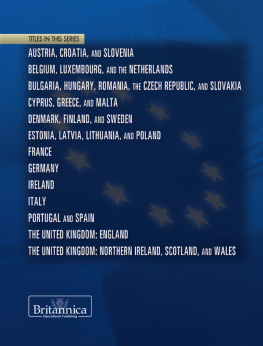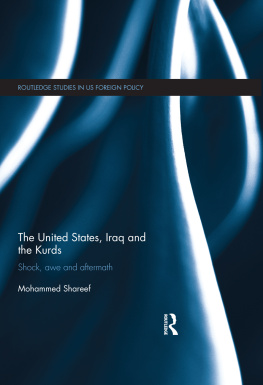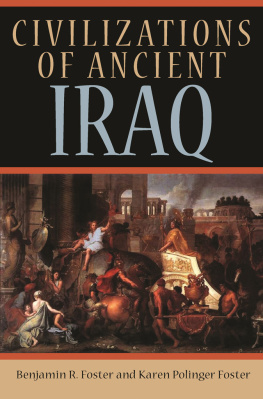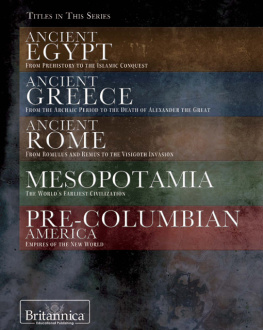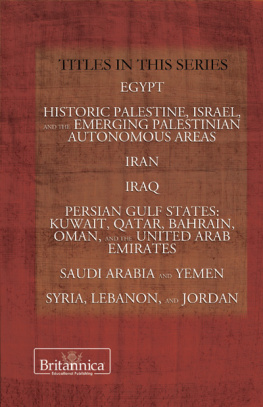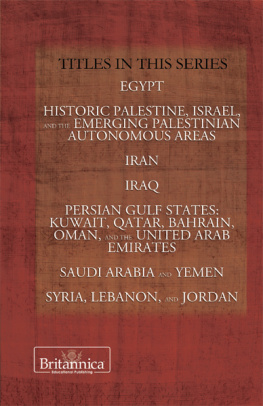IRAQ
MIDDLE EAST
REGION IN TRANSITION
IRAQ
EDITED BY LAURA ETHEREDGE, ASSOCIATE EDITOR, MIDDLE EAST GEOGRAPHY

Published in 2011 by Britannica Educational Publishing
(a trademark of Encyclopdia Britannica, Inc.)
in association with Rosen Educational Services, LLC
29 East 21st Street, New York, NY 10010.
Copyright 2011 Encyclopdia Britannica, Inc. Britannica, Encyclopdia Britannica, and the Thistle logo are registered trademarks of Encyclopdia Britannica, Inc. All rights reserved.
Rosen Educational Services materials copyright 2011 Rosen Educational Services, LLC.
All rights reserved.
Distributed exclusively by Rosen Educational Services.
For a listing of additional Britannica Educational Publishing titles, call toll free (800) 237-9932.
First Edition
Britannica Educational Publishing
Michael I. Levy: Executive Editor
J.E. Luebering: Senior Manager
Marilyn L. Barton: Senior Coordinator, Production Control
Steven Bosco: Director, Editorial Technologies
Lisa S. Braucher: Senior Producer and Data Editor
Yvette Charboneau: Senior Copy Editor
Kathy Nakamura: Manager, Media Acquisition
Laura S. Etheredge: Associate Editor, Middle East Geography
Rosen Educational Services
Heather M. Moore Niver: Editor
Nelson S: Art Director
Cindy Reiman: Photography Manager
Nicole Russo: Designer
Matthew Cauli: Cover Design
Introduction by Shalini Saxena
Library of Congress Cataloging-in-Publication Data
Iraq / edited by Laura S. Etheredge.
p. cm.(Middle East: region in transition)
In association with Britannica Educational Publishing, Rosen Educational Services. Includes bibliographical references and index.
ISBN 978-1-61530-402-8 (eBook)
1. Iraq. 2. IraqHistory. I. Etheredge, Laura.
DS70.62.I73 2011
956.7dc22
2010016104
On the cover: Aside from the war-heavy headlines, Iraq pulsates with vibrant culture, people, and history (clockwise from top left): a copper craftsman in Baghdad, Muslim Shites observing shr in Karbal, the modern Baghdad Palace, and the ancient city of Nineveh (opposite modern Mosul, Iraq). (clockwise from top left) Akram Saleh/Getty Images, Mohammed Sawaf/AFP/Getty Images, Shutterstock.com, Jane Sweeney/Lonely Planet Images/ Getty Images
On pages : Some Iraqi desert and mountain dwellers still depend on animals such as camels for transportation. Francoise De Mulder/Roger Viollet/Getty Images
CONTENTS

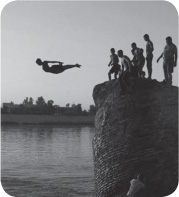
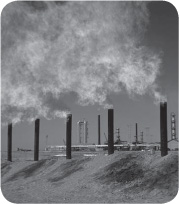

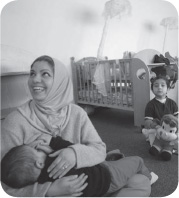
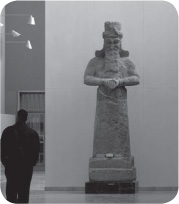

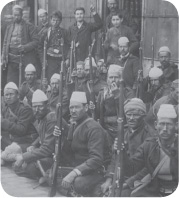
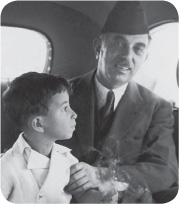

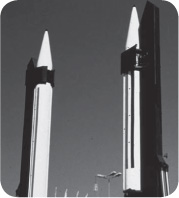
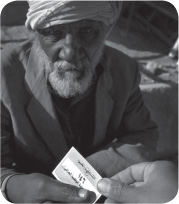
INTRODUCTION

Iraqs diverse population reflects the historical influences of invaders and immigrants. AFP/Getty Images
I t may seem peculiar to associate the Arabic term Al-Jazrah (the Island) with the nearly landlocked country of Iraq. Yet the term, which actually denotes one of Iraqs major regions, in many ways represents the country as well for the exceptional place it has occupied in history. Treasured for its fertilityit makes up much of what is known as the Fertile CrescentIraq has been the seat of empires and the object of desire for numerous conquerors over the centuries. This volume journeys past todays turbulent headlines to explore the history, culture, and people of a unique region that is both captivating and complex.
The topography of Iraq has largely shaped its settlement patterns and the industries that sustain the country. Perhaps among the most storied features of Iraqs landscape are the Tigris and Euphrates Rivers, whose waters nourished some of the worlds earliest civilizations and remain crucial to sustaining neighbouring villages and cities and local wildlife and vegetation, as well as supporting the countrys agricultural productivity. Some one-third of the country is covered by alluvial plains, which are characterized by low elevation marked by marshlands and flooding. North of the alluvial plains, the Tigris and Euphrates bound the area known as the Al-Jazrah plateau. Like the deserts in western and southern Iraq, the plateau is largely hot and arid, but it contains some fertile soil.
The diversity of the various peoples who have settled in each of Iraqs four major regions reflects the sundry influences of past invaders and immigrants. The Arab conquests of the 7th century marked the Arabization of central and southern Iraq, and of the approximately 30 million people in Iraq today, about two-thirds are Arabs and more than three-fourths of the population speaks one of several Arabic dialects. Another one-fourth of the population consists of Kurds, and the remainder is made up of smaller groups of Turks, Turkmen, the Lur, and Armenians.
The dominance of the Arab majority and its influence on Iraqi governance is often contrasted with the plight of the Kurdish minority. Like a significant proportion of Arab Iraqis (and like the ruling elite of much of the 20th century), Kurds are mostly Sunni Muslims. They are culturally and linguistically distinct, however, and as such, they have long struggled against Arabs for autonomy. Unable to transcend factional differences, however, Kurds have repeatedly failed to achieve statehood and have suffered intense violence against them, especially at the hands of the Bath regime.
Although the Iraqi population is predominantly Shite, it also has a large proportion of Sunnis, thus representing both major sects of Islam more equally than any other country. Still, divisions along religious lines continue to threaten unity. Large cities like Baghdad attract diverse residents, but elsewhere in the country, settlement is generally along traditional lines: Sunni Arabs prevail in central Iraq, Kurds are concentrated in the northeast, and Shites dominate the southern areas. A small number of Christians continue to reside in Iraq, but the once sizeable community of Jews has all but disappeared.
With more than two-thirds of Iraqs population settled in one of its urban centres, the countrys rural communities have dwindled. Revenues from oil production have accounted for much of the shift away from agriculture toward industrialization and manufacturing. Oil is Iraqs most valuable export, and the fate of the Iraqi economy is closely tied to its capacity to produce and distribute oil. Although Iraq at one point had the third largest economy in the Middle East, its involvement in various international conflicts produced severe economic setbacks. The devastation to oil production and distribution facilities during the Iran-Iraq War in the 1980s was compounded by the United Nations embargo on Iraq following the Iraqi invasion of Kuwait. Only after the implementation of the oil-for-food program, which allowed Iraq to sell a certain amount of oil so that it could obtain basic necessities, was the Iraqi economy able to recover to some extent.
Next page







